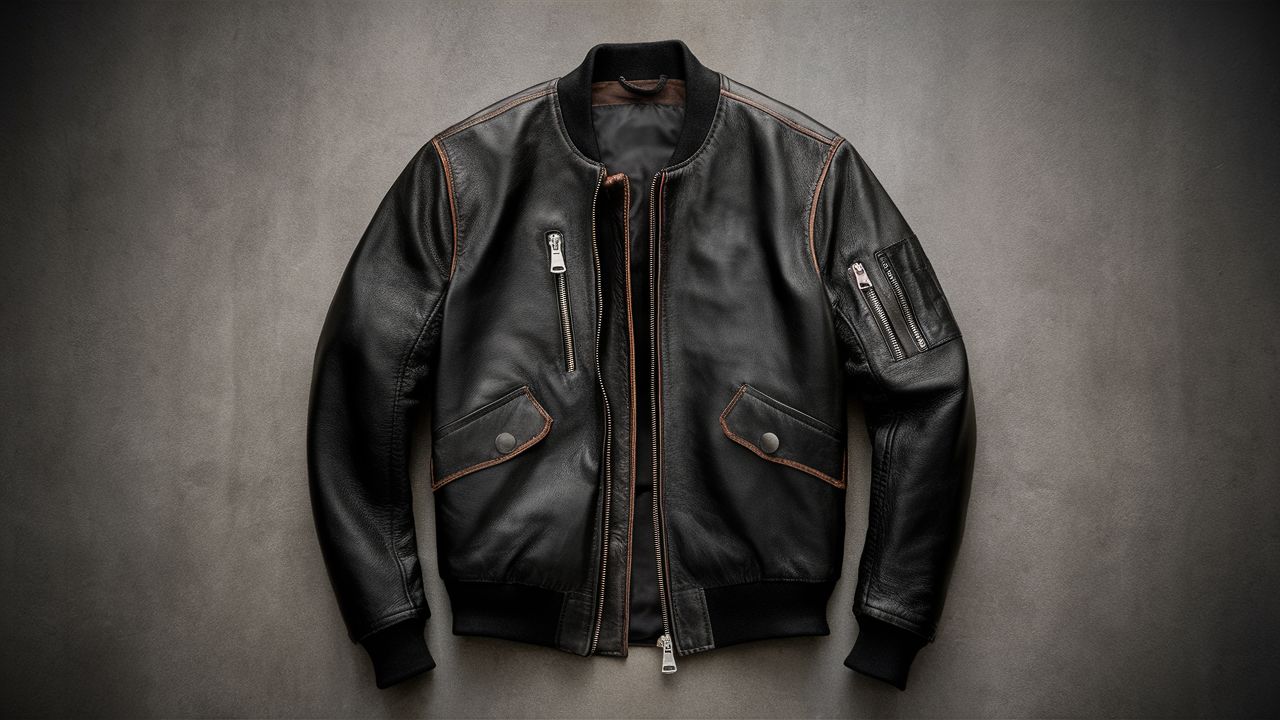
Cheap Clothes That Aren’t Fast Fashion: A Guide to Affordable and Ethical Shopping
In recent years, the negative impact of fast fashion on the environment and workers’ rights has become a growing concern. Consumers are increasingly looking for alternatives that are both affordable and ethical. This guide explores how to find cheap clothes that aren’t part of the fast fashion industry, providing you with options that are kind to both your wallet and the planet.
Understanding Fast Fashion
Fast fashion refers to inexpensive clothing produced rapidly by mass-market retailers in response to the latest trends. While it allows consumers to buy trendy clothes at low prices, it often involves unethical labor practices and significant environmental damage. By seeking alternatives, you can contribute to a more sustainable and ethical fashion industry.
Tips for Finding Affordable, Ethical Clothing
1. Shop Second-Hand
Thrift Stores
- Overview: Local thrift stores offer a wide range of clothing at very low prices.
- Benefits: Buying second-hand reduces demand for new products and supports a circular economy.
Online Second-Hand Platforms
- Websites and Apps: Platforms like ThredUp, Poshmark, Depop, and eBay allow you to buy pre-loved clothes online.
- Variety: These platforms offer a vast selection of styles and sizes, often at bargain prices.
2. Explore Sustainable Brands
Affordable Sustainable Brands
- Pact: Known for organic cotton basics at reasonable prices.
- Everlane: Offers transparent pricing and ethical production, with frequent sales.
- Uniqlo: Focuses on quality basics and sustainability, offering good value for money.
Sales and Discounts
- Keep an Eye on Sales: Many sustainable brands have seasonal sales, discount codes, or outlet sections.
- Sign Up for Newsletters: Subscribe to brand newsletters for exclusive offers and early access to sales.
3. Participate in Clothing Swaps
Community Events
- Local Swaps: Check community boards or social media for local clothing swap events.
- Benefits: Swapping clothes allows you to refresh your wardrobe without spending money.
Online Swap Groups
- Facebook Groups: Join online communities dedicated to swapping clothes.
- Reddit Threads: Participate in Reddit communities focused on clothing exchanges.
4. DIY and Upcycling
Customizing Old Clothes
- Alterations: Learn basic sewing skills to alter and repair your clothes.
- Upcycling: Turn old or damaged clothes into new pieces, such as converting jeans into shorts or t-shirts into tote bags.
Creative Inspiration
- YouTube Tutorials: Find DIY fashion tutorials on YouTube.
- Pinterest: Browse Pinterest for upcycling ideas and inspiration.
5. Support Local Artisans
Local Markets
- Craft Fairs: Visit local craft fairs and markets where artisans sell handmade clothing.
- Boutiques: Explore local boutiques that focus on small-batch production and ethical sourcing.
Online Marketplaces
- Etsy: A great platform for finding unique, handmade clothing from independent sellers.
- Instagram Shops: Follow local artisans and small brands on Instagram for direct purchases and exclusive deals.
Affordable and Ethical Brands to Consider
1. Kotn
- Overview: Offers high-quality basics made from sustainably sourced Egyptian cotton.
- Price Range: Affordable essentials like t-shirts starting around $30.
2. People Tree
- Overview: A pioneer in sustainable and fair trade fashion, offering stylish and affordable options.
- Price Range: Dresses starting around $50 during sales.
3. Boody
- Overview: Specializes in eco-friendly basics made from organic bamboo.
- Price Range: Budget-friendly basics like underwear and loungewear starting around $10.
4. Tentree
- Overview: For every item sold, Tentree plants ten trees, offering sustainable and affordable apparel.
- Price Range: T-shirts starting at $30, with frequent sales.
5. ASOS Eco Edit
- Overview: A curated selection of sustainable brands available on the ASOS platform.
- Price Range: Wide range of prices, with many affordable options.
Building a Sustainable Wardrobe on a Budget
1. Plan Your Purchases
- Wardrobe Essentials: Focus on building a wardrobe with versatile, high-quality basics that can be mixed and matched.
- Seasonal Needs: Plan your purchases according to seasonal needs to avoid unnecessary spending.
2. Take Care of Your Clothes
- Proper Maintenance: Follow care instructions to extend the life of your clothes.
- Repair and Mend: Learn to repair minor damages and make small alterations.
3. Invest in Quality
- Long-Term Savings: Investing in higher-quality pieces that last longer can be more cost-effective than frequently buying cheaper items.
- Timeless Pieces: Choose timeless styles that won’t go out of fashion quickly.
4. Educate Yourself
- Research Brands: Stay informed about sustainable brands and their practices.
- Read Reviews: Look for reviews and ratings to ensure the quality and ethical standards of the brands you choose.
Conclusion
Finding affordable clothing that isn’t part of the fast fashion industry is not only possible but also rewarding. By exploring second-hand options, supporting sustainable brands, participating in clothing swaps, and upcycling, you can build a stylish and ethical wardrobe on a budget. Embrace the principles of quality, sustainability, and creativity to make a positive impact on the fashion industry and the environment.





